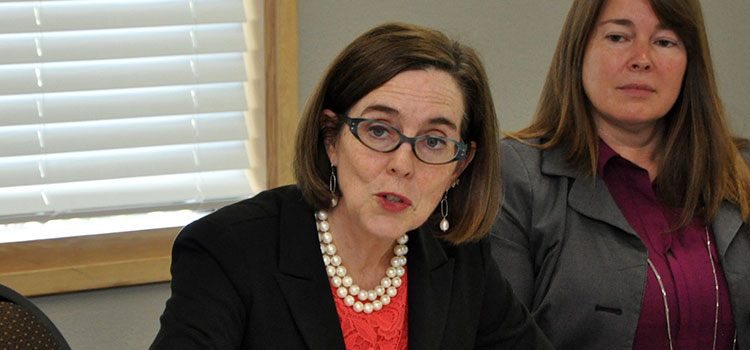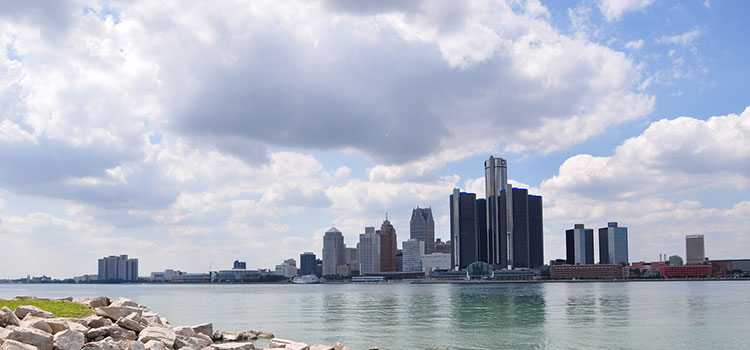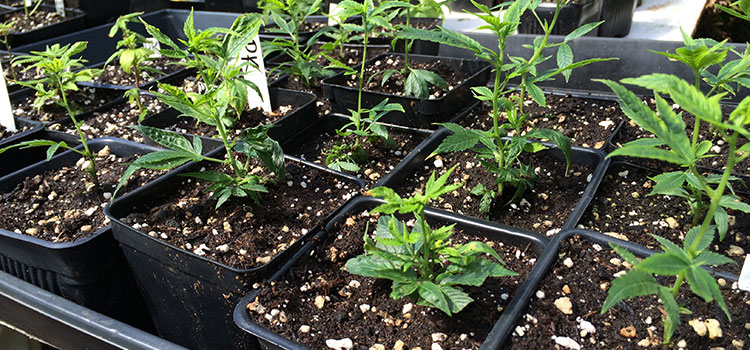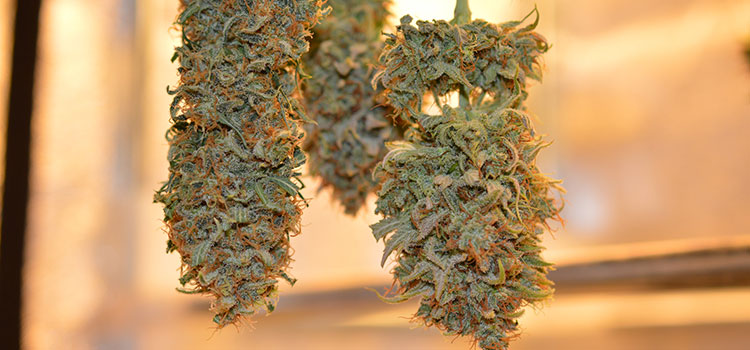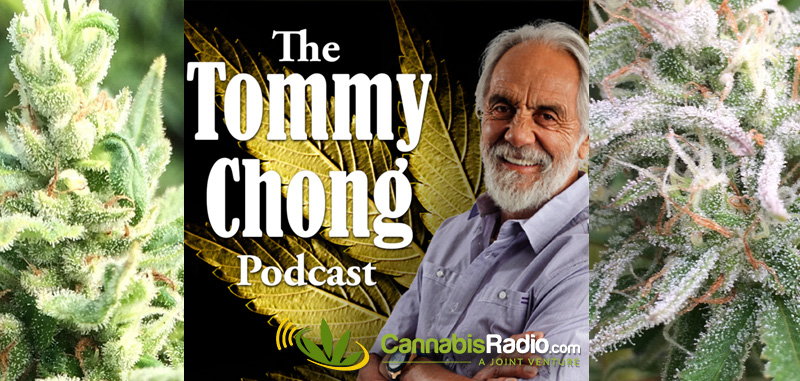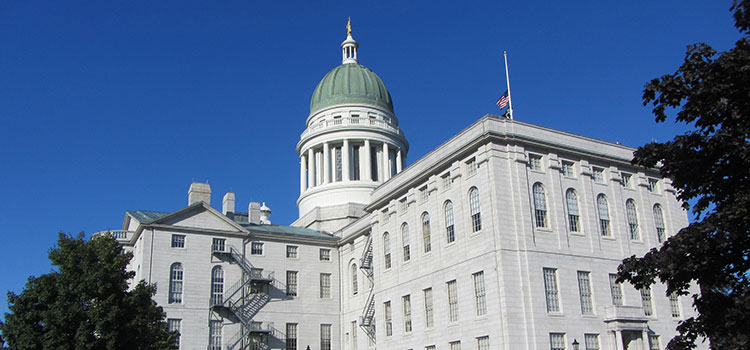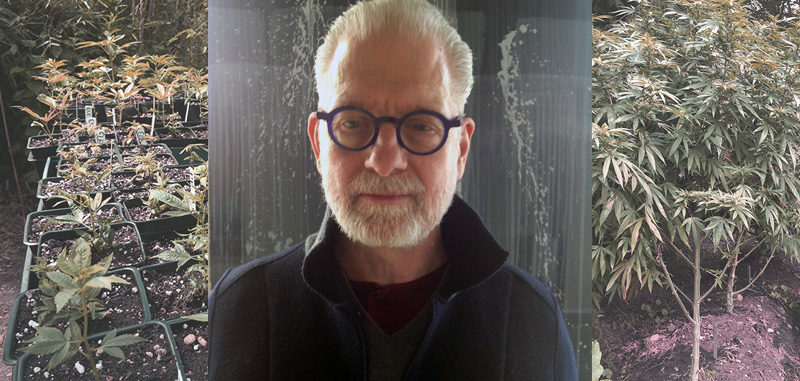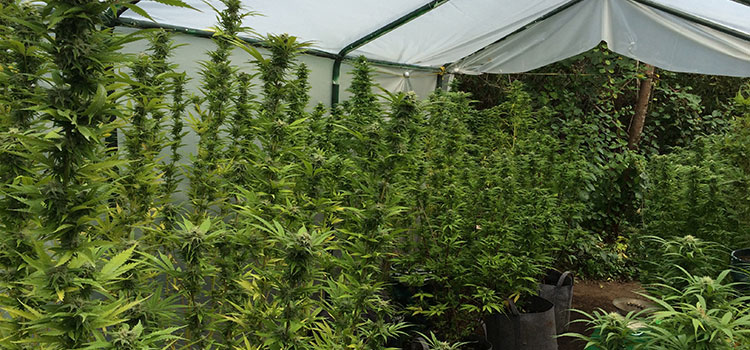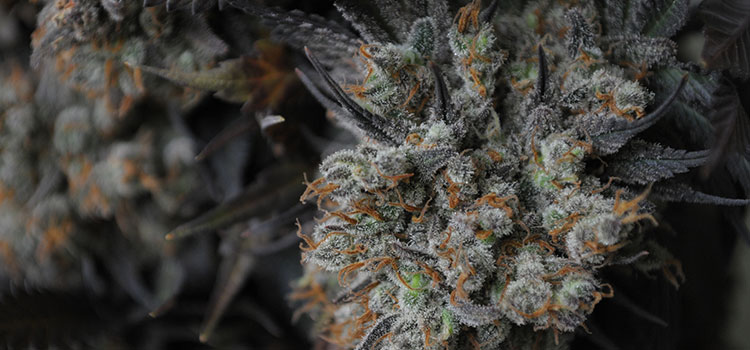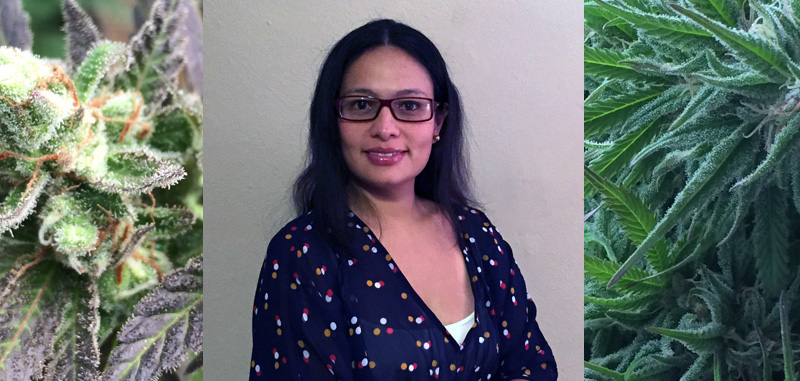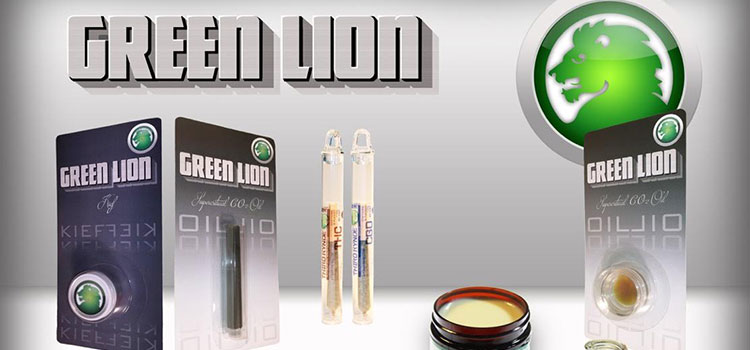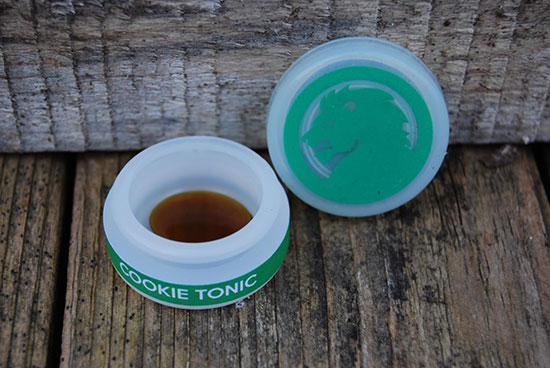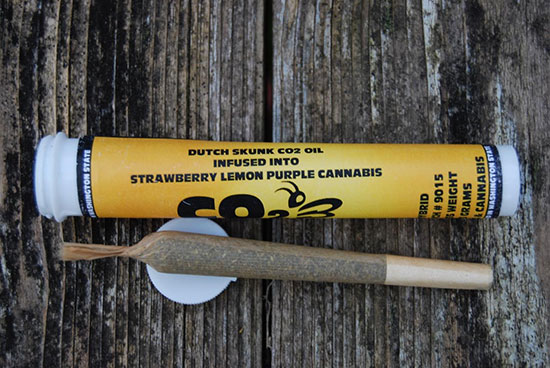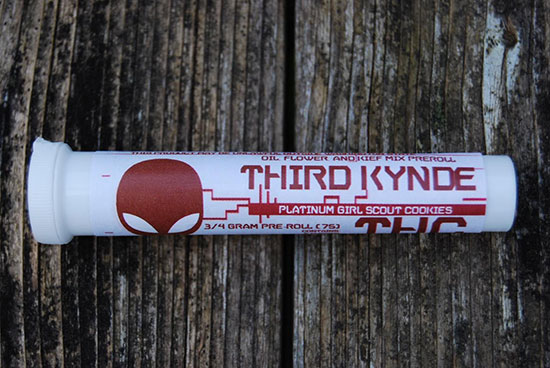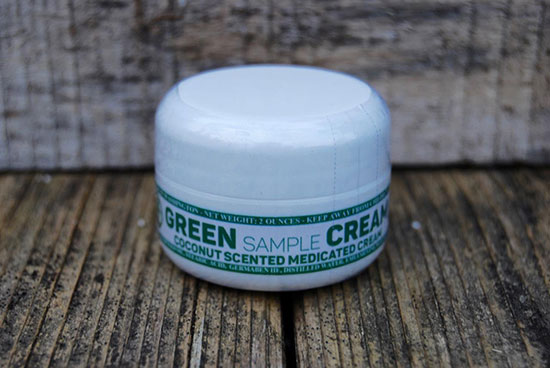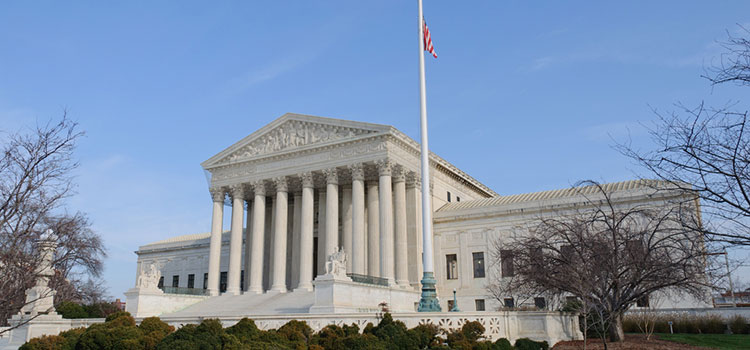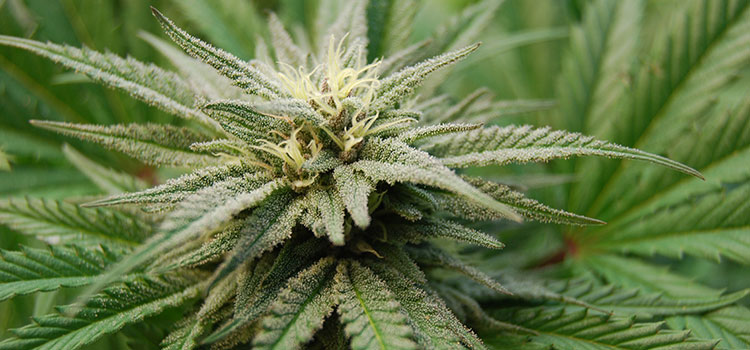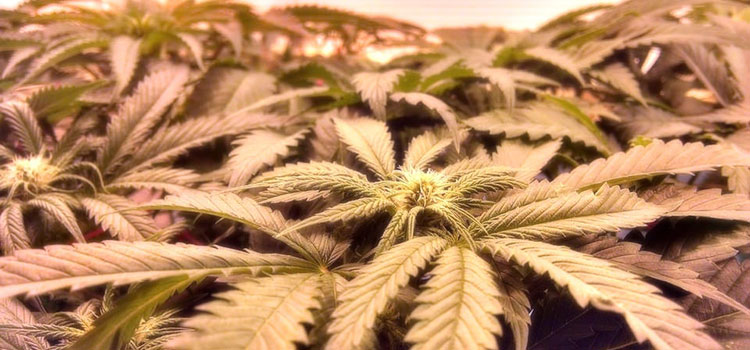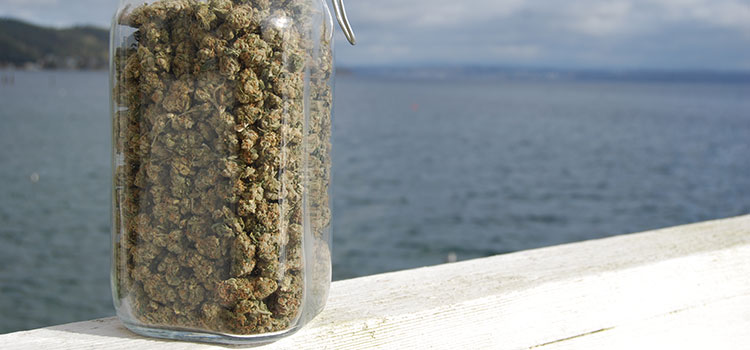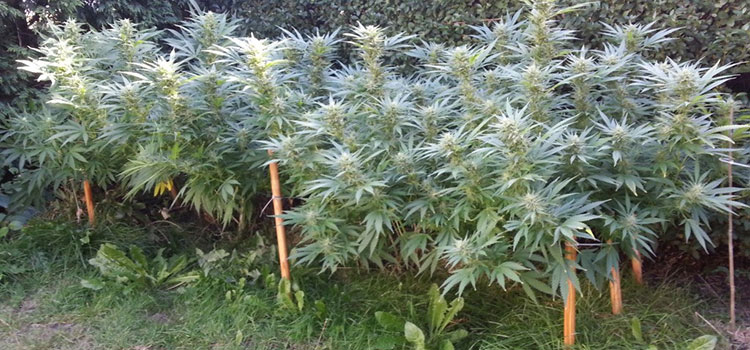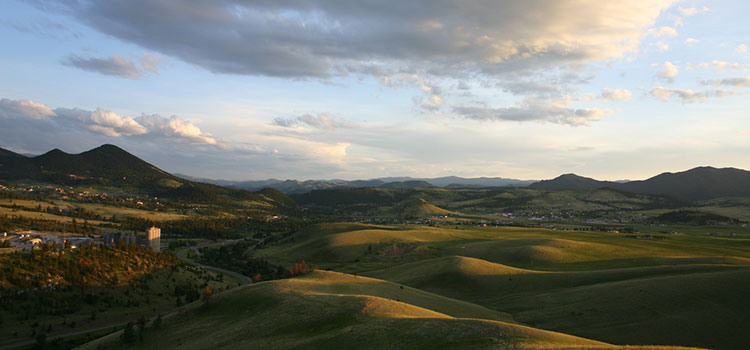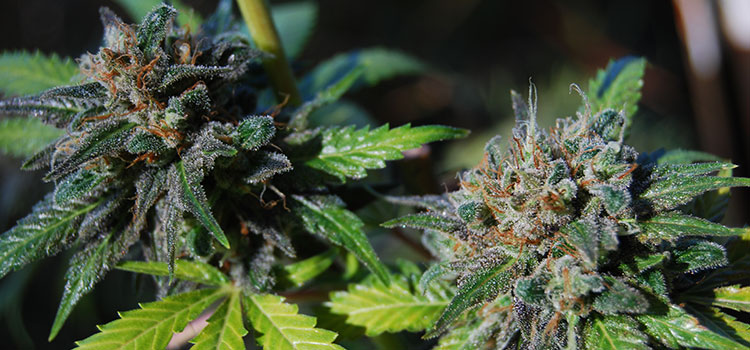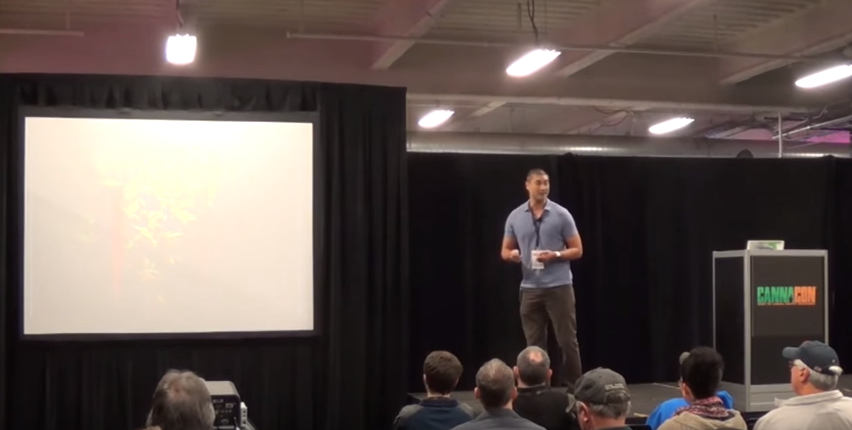Tom Burns originally went to college to study engineering. Instead, he wound up becoming a yogi with a desire to turn his natural lifestyle into a symbiotic business venture, which eventually manifested itself in the form of the massively successful Yogi Tea, of which he was co-founder and CEO. Today, Tom has entered the cannabis industry as CEO of PDX Partners, Inc, a start-up incubator and venture capital firm in Portland, OR. He also recently gave a keynote presentation at the Cannabis Collaborative Conference, which Ganjapreneur attended.
Tom recently joined our host Shango Los to discuss the similarities of the nascent cannabis industry and the early days of the organic foods movement, the unique challenges cannabis entrepreneurs face, how positive energy can fuel entrepreneurship, and more.
Listen to the podcast below or scroll down for the full transcript!
Subscribe to the Ganjapreneur podcast on iTunes, Stitcher, SoundCloud or Google Play.
Listen to the Podcast
Read the Transcript
Shango Los: Hi, there and welcome to the Ganjapreneur.com Podcast. I’m your host, Shango Los, the Ganjapreneur.com Podcast gives an opportunity to speak directly to entrepreneurs, cannabis growers, product developers, and cannabis medicine researchers all focused on making the most of cannabis normalization. As your host I do my best to bring you original cannabis industry ideas that will ignite your own entrepreneurial spark and give you actionable information to improve your business strategy and improve your health and the health of cannabis patients everywhere.
Today, my guest is Tom Burns. Sent to Oregon State University to study med-allergic engineering, Tom Burns instead came out a yogi in the 1970s with a desire to turn his new-found natural lifestyle into a symbiotic business venture. He along with his fellow yogis in Eugene, Oregon started and built a cereal and tea business that grew up in the beginnings of the organic foods industry.
As a founding partner and the former CEO, Tom lead both companies to become leaders in this fast growth industry where Yogi Tea remains the number one tea brand. Tom Burns is now a member of the flagellant cannabis industry and CEO of PDX Partners. I recently saw Tom’s keynote address at the cannabis collaborative conference in Portland and asked him to come on the show to share some of his insights. Thanks for being on the show, Tom.
Tom Burns: Your welcome. Thank you for having me.
Shango Los: Many of the insights that you shared in the keynote Tom, were based on the similarities between the early organic food industry and the still very young cannabis industry. Where do you see the similarities?
Tom Burns: I think at first, I believe when I went to college it’s the late 60s, and we’re part of the counter-culture revolution. I had gone to college expecting, or at least my family expecting that I would come back and run their business, which was a third generation business. Instead, I got into yoga and meditation. I thought probably business was the most remote thing from what I was thinking about.
By necessity, being in a yoga situation and being in a ashram spiritual situation we needed a way to support ourselves, so it lead to the business side of it. But at the same time, I see looking back that there were the kind of inklings and the medicine growings of the cannabis industry, but of course at that time illegal, and in many states still illegal.
I think they came out at the same time, but natural foods and organic foods were in the legal space and was subject to all of the normal forces of business that bring it along and evolve it over time, and it got bigger and bigger, and more and more professional.
I think the cannabis industry now is opening up to that in certain states, and hopefully federally in sometime in the not too distant future. Those forces of business that we learned essentially by hard knocks going through it in the natural foods through the last nearly 50 years, I see applying to the cannabis industry. Something that will certainly help to actualize the potential that cannabis industry, which is vast.
Shango Los: So many commercial cannabis entrepreneurs are focused on their margins right now because it’s so competitive. Sometimes they miss the bigger picture. Right now as the industry leaders, we are initiating the arc that the cannabis industry will take for some time. Sometimes it feels we’re taking a low road. What are some perspective that you think would be helpful for cannabis CEOs to consider as they’re sculpting their businesses and how they do business?
Tom Burns: One of the things that I had mentioned in the keynote in the Cannabis Collaborative Conference a couple weeks ago is the sense of the sustainable business model. As you mentioned people are focuses on their margins, which I believe is a very good focus, but it’s not the only focus.
If you looked at the sustainable business model and what we would call the three legs of the stool. Meaning the economic, the social, and the environmental. Obviously the social and the environmental are equally important, but without the economic you’re not really going to get to the social and environmental. I would certainly support focusing on the margins, but at the same time how are you doing business?
I’d also had mentioned, for me, a foundation of doing business really begins with feeling good. Feeling good about the business yourself and having all of your employees feel good about being part of that business and from there, then I think you start to get the full capability for those that are working for you and your own full capabilities, so that that economic part, that profit part is the ‘be good’ part that I talk about.
You have feel good, then be good, then that profit comes out of there. Then, ultimately my way of looking at business, you get to the do good part, or the socially responsible part of business.
Shango Los: I would think that some of the cannabis entrepreneurs were listening to us, are thinking, my God I don’t have time. I barely have time to get my coffee in the morning before I start my day and he wants me to feel good. What is the case to be made, that feeling good actually has a monetary value to it? How can we help encourage entrepreneurs who are pretty focused on the bottom line that it is worth their effort to try things to feel good, so that they could do good?
Tom Burns: I think a couple of things. First off, it’s not going to happen overnight. If you think about, well we were trained in yoga and meditation, so they talk about the seven centers of energy. You start at the bottom and you move up through the top, the the crown, chakra, through the top of the head.
We looked at in a business way, to begin with you are in survival mode. You are concerned how the heck am I going to pay my bills? But as the business evolves it moves up to what we would say, the heart center. You become concerned about the welfare and the well being of your employees. Making sure that they’re well taken care of.
Then, ultimately as business grows and expands it could be focused in what we see as the top ultimate focus of business and that is in doing social good. By doing things that benefit the whole community where the businesses are, and society in general. Focused on, in some way making a social impact and make this world or planet where we live a better place to live.
I think that happens over time, but the sooner you can get to that and understand the direction of that the sooner you can treat your employees and yourself in a sense of using the Litmus test. If it feels good that helps to get the kind of results out of your business to have the kind of profit you need to grow and to be socially impactful.
If it doesn’t feel good, or if an employee working for you doesn’t feel good about it, there’s something to take a look at. What is that and find out what change may need to happen? If a particular employee may not really fit the mold. My sense is, and I’ve spoke to this, in the conference is that it’s important to follow the people principle. Bright people in the right place and I said as well, with the right pay. Because that will produce the greatest economic results and give you the greatest ability to grow, not only from the business side, but also grow in the do-good side, or the socially responsible side of business.
Which I think ultimately to me is really the purpose of having entrepreneurship. If you do this creative, caring entrepreneurship then a lot of social needs can be met by business itself.
Shango Los: When you’re hiring folks, I know that you consider much more than just a resume. Let’s say that somebody’s got the skills that you’re looking for, but you’re looking for a different kind of person. What are the extra attributes that you look for somebody that you think is going to be a feel good, do good, kind of an employee?
Tom Burns: That’s an interesting question. My sense is just a sense of the person. I don’t find myself trying to break it down into any particular formula, though I suppose you could. But for myself, it’s just making sure that the person genuinely really wants to work for us and it’s something that it’s not only about a paycheck. Its’ something about a place and a possibility to improve themselves as their own being, in more ways than just making more money, or having a 401k, or whatever it might be. That there is some sense that this involvement really has to do with my personal development. Hiring people that want to be part of this for that reason, in my experience, has lead to better results.
Shango Los: Everybody will probably have a better time at work as well. We got to take a short break. We’ll be right back. You are listening to the Ganjapreneur.com podcast.
Welcome back. You are listening to the ganjapreneur.com podcast. I’m your host Shango Los, and our guest this week is Tom Burns, founder of Yogi Tea and now CEO of PDX Partners.
Before the break we were talking about the importance of feeling good so that you have the ability to do good in your cannabis company. You know Tom there’s a really great schism in cannabis right now between medical growers and the newly licensed commercial growers. Each are suspicious of each other. The medical folks are the pioneers. They were here a long time, and many of them transitioned out of the black or informal market. Now suddenly there are a lot of new money and new entrepreneurs that are in. They’re grabbing the licenses and so there’s kind of a schism.
The new commercial folk want a lot of the prohibition and medical people to go away, because they see them as undercutting their margin at retail. On the flip side we’ve got all these prohibition era medical growers who are angry because they feel like the new commercial growers are eating their lunch and don’t respect the heritage of the plant. What advice do you offer for folks who are caught up in this kind of being angry inside of their business? Somebody is only going to be able to get so happy if they’re in this constant state of anger.
Tom Burns: That certainly goes against the feel good part that we were talking about earlier.
Shango Los: That’s for sure.
Tom Burns: I don’t know if I have an easy and simple solution for that. What comes to mind is really bringing those two together. I think working on common ground, finding that common ground … There’s always a lot more common ground than there is uncommon ground. I think sometimes the human nature is to focus on what’s different, rather than what’s common, and what’s the same. That’s what off the top comes to mind is to figure out where the common ground is.
I spoke to this in my keynote was the whole idea of the industry. The story of the industry needs to be good. Those that are in it, and those that see the direct opportunities and potentials of cannabis on the healing side, on all of the aspects that cannabis can provide understand that, but the outside — not necessarily.
We did talk about, I think there’s some figures that in the last twelve months in the US, 12% of the population have used cannabis, at least once. My sense is, what about the 88% that haven’t. I think that’s the important story to tell is the right story and the high road story, and the reason why cannabis can be useful to society in general. Directly or indirectly.
If with story being told, we’re going to go after the 88%. It’s important to be able to tell the right stories. Of those of us in the industry need to come together. You don’t want two different stories going out. It’s easy for people … because of the illegal history of cannabis over the last several decades to think that that’s all it’s about. Its’ about the black market. It’s about drug dealers standing on the corner and look at the lowest common denominator.
I think it’s important that the industry comes together and that the industry invest in itself to have the kind of administration of the industry in general to help to bring the different components together so that they’re not fighting each other but they look at the common cause out there. That the potential out there is vast for all of us.
I also talked about, if we don’t do it, you got a lot of the big Fortune 500 companies, the big products companies, pharmaceutical companies, just waiting in the wings until it becomes federally legal. Then they’ll come in and do it there way.
We have an opportunity to get embedded in the industry in a way that we can take advantage of that. Companies are going to sell out to larger companies or they’ll going to hold intellectual property, or methods, or processes, that these big companies would want to take advantage of. It’s the same in the organic industry. I would say a vast portion of that industry is now owned by major food companies and beverage companies. Either directly or indirectly. This is an opportunity.
Fighting against each other is really going to diminish taking advantage of the potential that we have in front of us, as people that have been involved in this cannabis business for the last several decades or new ones that are coming in.
I think particularly if we bring new people coming in, and I’ve been able to meet some along the way in the last several months, that have similar ways to doing socially responsible business, understand that opportunity, and that have had business experience that they can bring to bear here. I think it’s really to find the common ground and to focus on the common ground together, rather than focusing on what’s different and getting angry.
Getting angry doesn’t really accomplish much. I think it’s really self-serving. Set aside the anger, figure out what is the opportunity here and how do we work together as an industry and as the medical side and the recreational side. I’m not saying the laws are whatever. The legislatures are passing may necessary be fully facilitating that, but what it does underscore is that we need to get involved at the industry level so that we can help move this industry in a way that we’ll take it advantage of the potential. That will tell that good story. That will make everybody understand that this industry is about social good, and it’s not just about doing self-serving things that are short term looking.
That we’re looking at the long side of it. It is an opportunity for businesses that are coming out of this to ascribe to the social, responsible mentality that hopefully this industry can be known for making communities wish the businesses reside a better place for everybody, not just the people that are working for these businesses or somehow directly involved, but the whole community benefiting in some way from the success of this particular cannabis business or in general the whole industry.
Shango Los: Certainly being angry is not going to help us reach out to that 88% of people who have not have an opportunity to be healed with cannabis, and to bathe their endocannabinoid system in it. I can imaging that in the early days when you were putting the organic teas and cereals on the market that you kind of had your own 88%. You were bringing hippie food to the market and most everybody else was buying canned and commercial foods back then.
Now, everybody’s trying to eat healthier. Granola is super common. People are drinking teas for all sorts of reasons. What was your 88%? You clearly reached, and it became the sign of the times. What do you think that cannabis entrepreneurs right now can do to reach our 88%?
Tom Burns: If I look at the way that we came through our own business in the natural and organic foods industry, I think it’s figuring out how to operate your business as a real business with all the fundamental business aspects that need to be addressed in any successful business. Whatever those are and I realize some of the long term people in the cannabis industry just haven’t been able to do that, because it wasn’t legal, and it wasn’t open to that kind of input, and that kind of guidance and shepherding that the natural foods and organic industry was exposed to. It was in the normal business market where other food companies started to see that organic and natural food was selling better. It was the only double digit growth that was happening in the whole food industry. It attracted that in itself.
I believe the cannabis industry has the same opportunity, but what really makes a difference and the companies that are going to rise to the top and if they want to be sold, and they want to harvest their value, are those that are operating on the basic fundamentals of business practice so that when somebody comes in they have transparency. They can see that all the accounting is in order, all the human resources are in order, that their system is reporting and all of that and the businesses run very button up and tied down.
Shango Los: Well, we’re going to take another short break and be right back. You are listening to the ganjapreneur.com podcast.
Welcome back, you are listening to the Ganjapreneur.com podcast. I’m your host Shango Los, and our guest this week is Tom Burns, founder of Yogi Tea and now CEO of PDX Partners. Tom, you mentioned in your keynote at the Cannabis Collaborative Conference there in Portland that your family played an important role on many of your business decisions. What we’re finding now, start up mentality is sweeping our industry right now. People working 7 days a week, 12, 14 hour days, and sometimes at the neglect of their family. What’s some advice that you have to offer to entrepreneurs who are working these hours so that they can continue to sustain the family life that sometimes is the thing that feeds them most?
Tom Burns: That’s a very good question. I think for us, going back we were in our early 20s. We definitely built our businesses on sweat equity. I started out, I worked 7 days a week, probably 12 to 16 hours a day and didn’t think a thought of it. I didn’t have a family to begin with and so it definitely presents a different challenge if people are further along in their family development, and children, and whatever.
I think if you’re young and you know this is going to take a certain amount of that time to begin with and you’re aware of it, and you can balance out your life somehow. Maybe it’s mostly balanced towards business that’s fine. But if that’s not the case, then I think you need to find the financial support and investment to hire the people that can help share the load, so that you can balance your life.
To me in my own experience it happened over time. I started at a time when I was in my young 20s and could spend that kind of time. As the business grew and as we became knowledgeable about how to operate the business in a successful financial fashion on business fundamentals and we learned those more and more that allowed us to grow the business, which allowed us to hire the kind of people that can help share the load. It wasn’t this continual, all right I have to work 7 days a week, and I’m the only one that can do that.
I think the thing that I could offer, that I thinks the most impactful in this realm is that you need to find good people, and hire those good people, and put those people around you, and spread the responsibilities. When it comes down to, I’m the only one that can do this, and you find yourself with your employees thinking, well I have to do this, they can’t do this, they’re not able to do this as well as I can do that, that’s a good sign that’s something is not working. That really starts to limit the size of your business. I think a key element is that you have to hire the right people and put them in the right place. As I said, pay them the right amounts so that you can maintain those people and build on those people. That will build your business and hopefully that translates to more profit on the bottom line and ability to continue to expand.
I think that there is an amount of time when you start a business off of nothing or depending if you get the kind of investment that you can hire and put together the right kind of team, then you can manage the family, the life, and kids, and family balance with work. But I do think that overtime if you find yourself as a single entrepreneur thinking that you’re the only one that can do all of this stuff, then I would look really hard at making sure you’re opening up the business to putting other high level people … Probably people that do things better than you do in every aspect and making a team out of those people. That will give you the freedom to operate if you’re the head of the business, at the highest level, and use the potentials and capabilities of all these other high level people to make both the business grow, and to be more successful and more profitable, and at the same time give you more of a balance between your family life and your work life.
Shango Los: I think that sometimes entrepreneurs are a little short sighted in that they don’t realize that, if I’m a little flexible with this employee, or if I pay for the education that they want to do their job better because they’re a good employee and they got the right skill sets. If the employee doesn’t leave there’s actually so much money saved because you don’t lose that corporate memory that leaves with that employee, and you don’t have to worry about training a new employee. If you’re investing in your employees that person … They say you can’t buy loyalty, which is true, but if you are investing in your employee and they know it’s because you value them, I bet you that they’re going to give you a level of work quality that you’re not going to get just by responding to somebody with a resume.
Tom Burns: That’s exactly what I believe. I think when we started out this, we talked about this whole concept of feel good, and that’s where I come to the social aspect even within your own company, and all of your employees looking at that Litmus test of, are we feeling good? Are they feeling good? Am I feeling good in the relationship? Is everybody in the business feeling good. That investment in whatever it is — education, or the time that people need to balance out their work and family life — all of those elements to me is all about the social aspect of a sustainable model.
If you’re looking to start some business and have it grow through time, and reach it’s potential, and to be a major factor, I believe that you need to focus on the people and make sure that everybody in the business feels good about themselves in the business, about the business itself, and about the leadership of the business, the direction of the business, and the results.
Shango Los: Well, that’s all the time we have for today. Tom, thank you so much for sharing your life’s experience with us. So many of us are moving so fast and jumping into our startups that sometimes we miss the bigger picture. Hopefully, the audience were able to take some of your life experience and apply it to themselves. So, thank you so much.
Tom Burns: You’re welcome. Glad to be able to have the chance to talk about it.
Shango Los: Tom Burns is CEO of PDX Partners, a cannabis company in Portland, Oregon. You can find more episodes of the Ganjapreneur Podcast at the podcast section at Ganjapreneur.com and in the Apple Itunes store. On the Ganjapreneur.com website you will find the latest cannabis news, product reviews, and cannabis jobs updated daily, along with transcriptions of this podcast. You can also download the Ganjapreneur.com app in iTunes and Google Play. You can also find this show on the I Heart Radio network app, bringing Ganjapreneur to 60 million mobile devices. Do you have a company that want to reach our national audience of cannabis enthusiast? Email grow@ganjapreneur.com to find out how. Thanks to Brasco for producing our show. As always I’m your host Shango Los.

